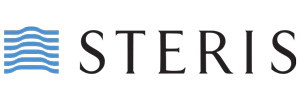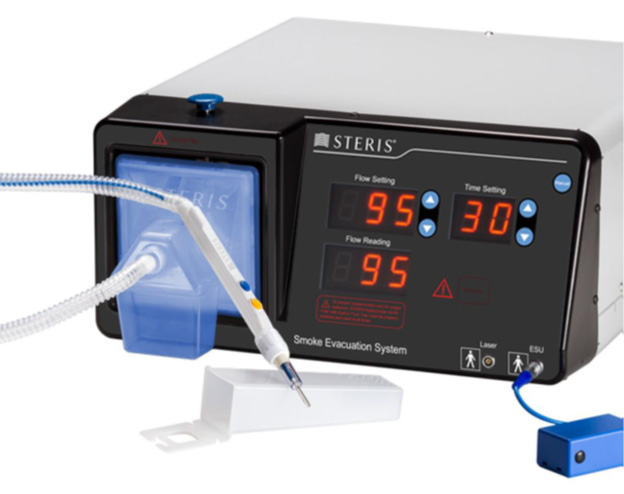A perioperative nurse’s advice on how to bring smoke evacuation to your ORs — and keep it there.
 TACTILE EXPERIENCE Dr. Rayan Eshaghian demonstrates laparoscopic smoke evacuation technology during an educational showcase at PIH Health Downey Hospital.
TACTILE EXPERIENCE Dr. Rayan Eshaghian demonstrates laparoscopic smoke evacuation technology during an educational showcase at PIH Health Downey Hospital.
The ORs at PIH Health Downey (Calif.) Hospital have been smoke-free for three years. If you’re interested in doing the same for your own ORs, here are key learnings from Stephanie J. Jones, MSN, RN, CNOR, the facility’s clinical director of surgery, who calls the project "one of the hardest practice challenges I’ve led, but also one of the most rewarding."
- Don’t go it alone. Gather an interdisciplinary team of smoke evacuation champions. Ms. Jones brought together nurses, surgical technologists, educators, surgeons and anesthesia providers to work on and bring their unique perspectives to the initiative. Later, a materials coordinator was added for insight on smoke evacuation equipment, supplies and purchasing. "Having a solid project team really helped during implementation once we identified our challenge areas so we could delegate team members to divide and conquer," she says.
- Educate yourself and your team. Collect, understand and distribute evidence about the dangers of surgical smoke exposure to your team and other stakeholders. "We found team members knew smoke was bad for them but didn’t know just how bad," says Ms. Jones. "Seeing peer-reviewed research demonstrating the reality of virus transfer, such as HPV released in surgical smoke infecting the respiratory tract of surgeons, was eye-opening."
- Activate equipment already in-house. Capital expense approval to purchase smoke evacuation equipment can be difficult to secure. The good news is many facilities already have equipment that can be used for this purpose. For example, Ms. Jones’ hospital had recently purchased waste management systems for every OR that included smoke evacuation functionality. "We brought the vendor in for additional training, our materials coordinator took the lead on purchasing additional smoke evacuation supplies, and our OR educator led training on how to safely use and dispose of biohazard items such as smoke evacuation tubing and manifolds," says Ms. Jones.
- Trial different systems. Ms. Jones says some surgeons were hesitant to embrace smoke evacuation based on years-old experiences with noisy systems and evacuation pencils they had found bulky and challenging to use. Today’s systems address those concerns, so have your surgeons experience the latest smoke evacuation systems. "We connected with vendors to bring in different smoke evacuator pencils and gave surgeons the chance to test and vote for their favorites," says Ms. Jones. "This helped secure surgeon buy-in by engaging them in the process and respecting their preferences."
- Educate post-purchase. Once the equipment is in-house and ready to use, tailor education to specific teams to achieve buy-in. "We wanted our RNs and surgical technicians comfortable with how to open, use and discard smoke evacuation disposables," says Ms. Jones. "We also wanted them to be the experts in the room to troubleshoot device use. Then we went to each individual group committee meeting, including anesthesiologists and surgeons, to explain our project and timeline, and address any concerns."
- Establish your smoke-free policy. Create a specific policy dedicated to the detailed practices of smoke evacuation. "First, it standardizes the ‘how’ to help teams get it right every time," says Ms. Jones. "Second, a policy is something everybody can reference to empower practice while making it clear that compliance isn’t optional."
- Gamify compliance. Auditing compliance is crucial, but changing behaviors can be challenging. "Our auditing identified individual surgeons who weren’t evacuating smoke consistently, so we posted compliance rates in our community lounge for all to see," says Ms. Jones. "No one wanted to be at the bottom of the leaderboard. Our weekly compliance updates soon leveled out with everyone at the top."
These steps helped the hospital not only to go smoke-free, but to stay that way for three years running.
.svg?sfvrsn=be606e78_3)


 STERIS
STERIS.svg?sfvrsn=56b2f850_5)